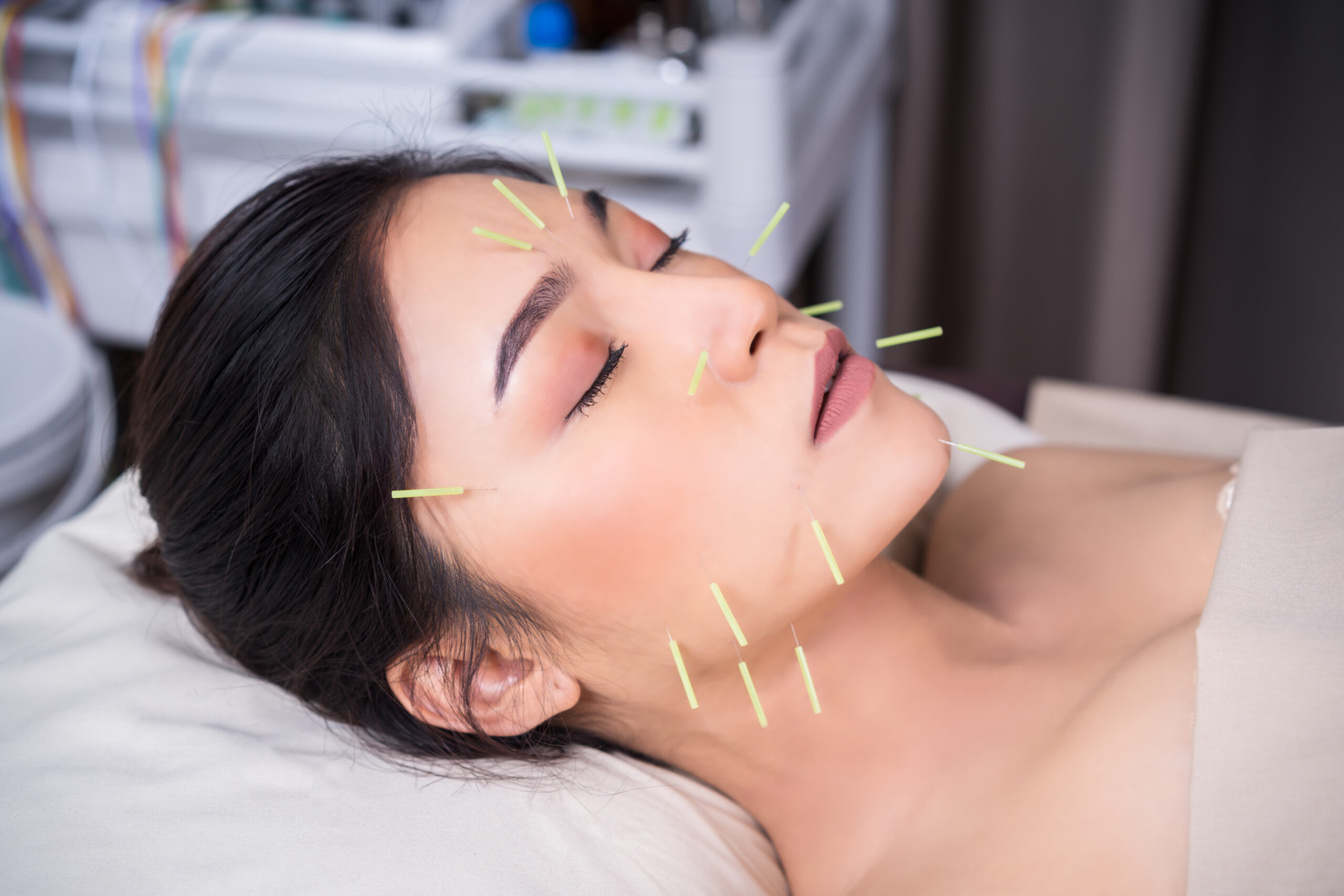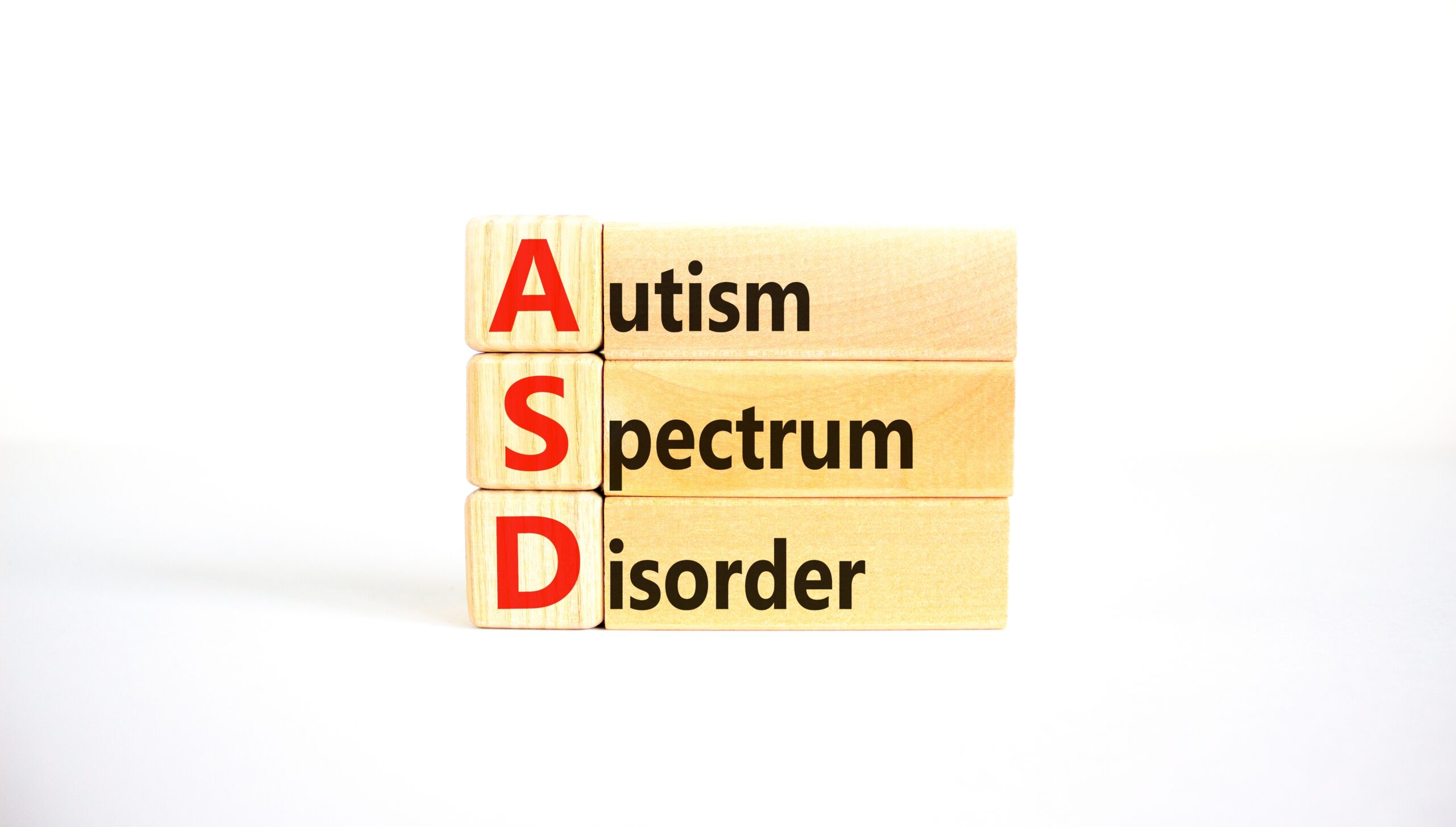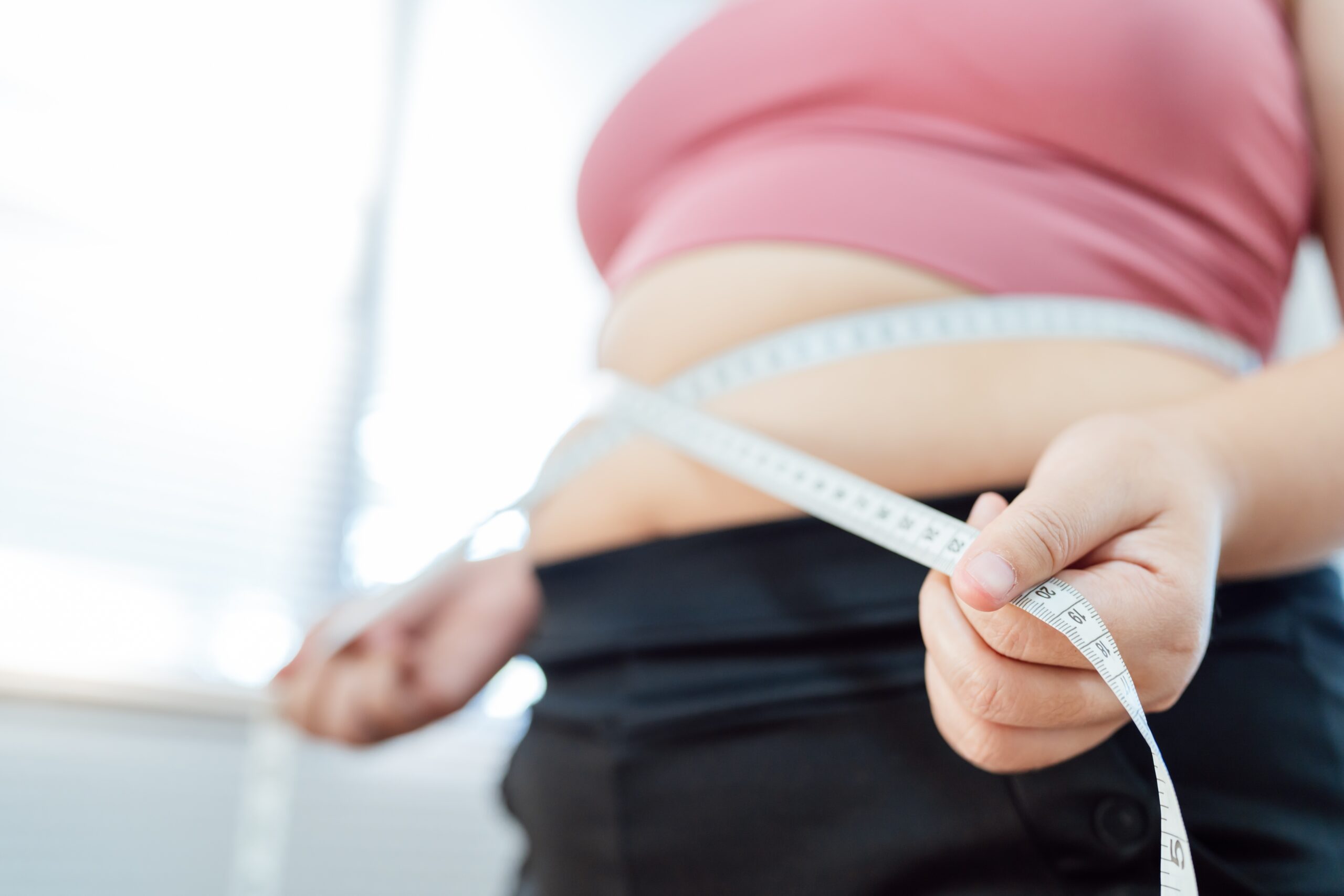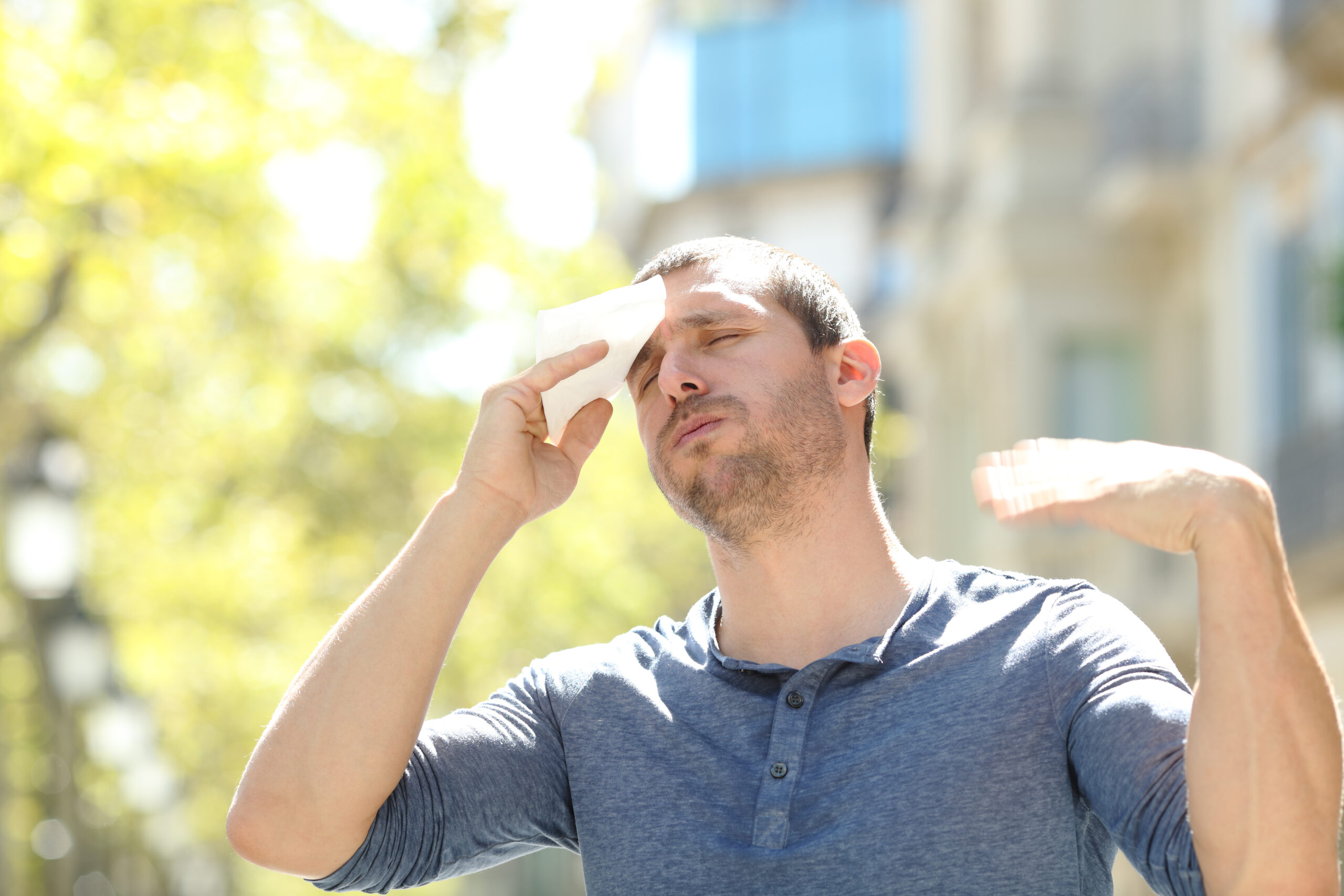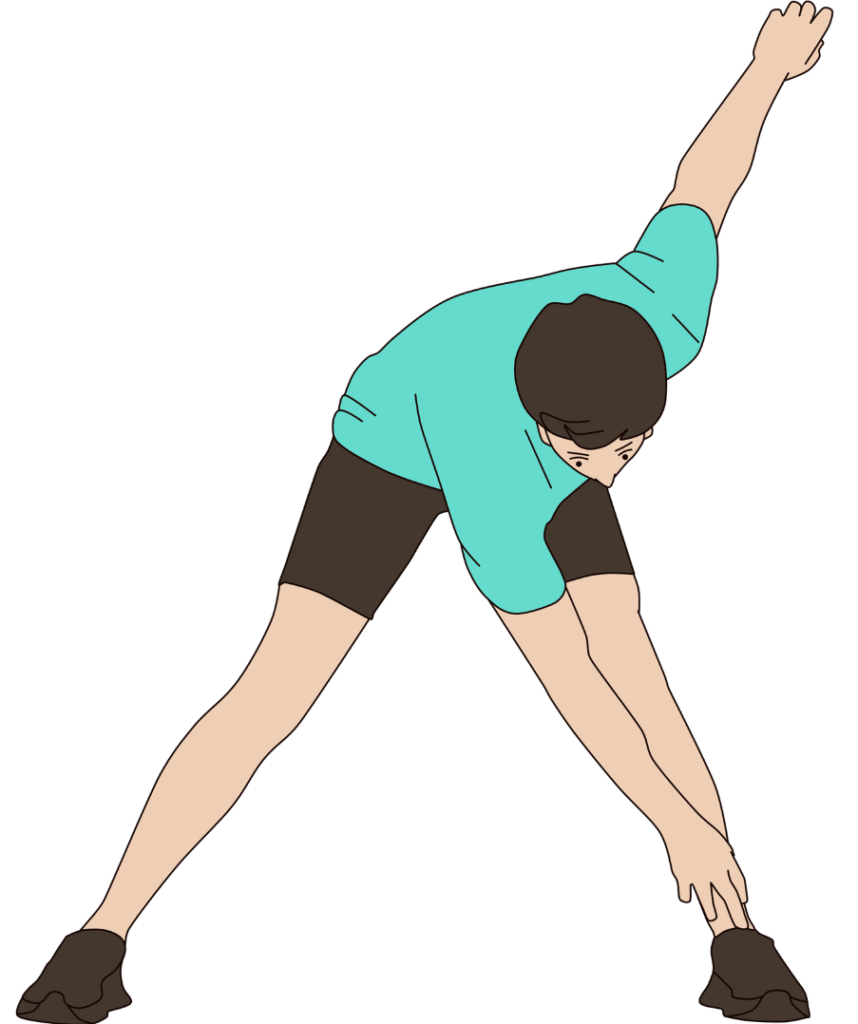Could the ancient art of acupuncture be the modern answer to Botox for those seeking natural beauty?
Story Snapshot
- Cosmetic acupuncture is emerging as a potential alternative to Botox in the beauty industry.
- The #notox movement champions non-invasive, natural beauty solutions over synthetic ones.
- Acupuncture promises holistic benefits, but lacks the immediate effectiveness of Botox.
- Consumer preferences are shifting towards sustainability and holistic wellness.
The Rise of Cosmetic Acupuncture
Cosmetic acupuncture, rooted in traditional Chinese medicine, is gaining traction as an alternative to Botox. With the rise of the #notox movement, consumers are increasingly looking for natural beauty solutions. Unlike Botox, which uses a neurotoxin to paralyze facial muscles and reduce wrinkles, cosmetic acupuncture involves inserting tiny needles into the skin to stimulate circulation and collagen production, promising gradual rejuvenation without the use of chemicals.
The practice is steeped in thousands of years of history, yet its application for facial rejuvenation is a relatively new trend in the Western world. As more people become wary of synthetic and invasive procedures, acupuncture offers a holistic approach, aligning with the current cultural shift towards natural beauty and wellness.
Botox vs. Acupuncture: A Comparative Analysis
Botox has long been the gold standard for those seeking immediate and dramatic wrinkle reduction. It is FDA-approved and backed by extensive clinical evidence. However, it comes with its share of side effects, including bruising, swelling, and the notorious “frozen” look. Cosmetic acupuncture, on the other hand, offers subtle improvements over time, with minimal side effects such as slight redness or rare bruising.
The primary appeal of acupuncture lies in its holistic benefits, which include stress reduction and improved sleep. Yet, the scientific evidence supporting its anti-aging claims is limited compared to Botox. While small studies and anecdotal reports suggest benefits for skin tone and elasticity, larger-scale clinical trials are necessary to establish its efficacy.
The #Notox Movement and Changing Beauty Standards
The #notox movement is a reflection of broader societal changes in beauty standards. Consumers are increasingly seeking natural, sustainable, and holistic approaches to beauty, challenging the dominance of synthetic solutions like Botox. This shift is driven by a combination of safety concerns, a desire for natural aging, and the influence of social media and celebrity endorsements.
As wellness-oriented consumers lead this trend, the beauty industry is responding by expanding offerings in cosmetic acupuncture. Spas and wellness centers are capitalizing on this demand, providing consumers with more options for natural beauty treatments.
The Future of Anti-Aging Treatments
The growing interest in cosmetic acupuncture indicates a potential shift in the anti-aging market. While Botox remains a popular choice due to its immediate results, acupuncture is gaining ground among those who value gradual, natural improvements. This trend may ultimately pressure Botox providers to address concerns about safety and sustainability, prompting innovation in the field.
In the long term, cosmetic acupuncture could become a mainstream procedure, especially if more research supports its efficacy. As consumer preferences continue to evolve, the beauty industry will need to balance traditional medical aesthetics with holistic wellness approaches.
Sources:

